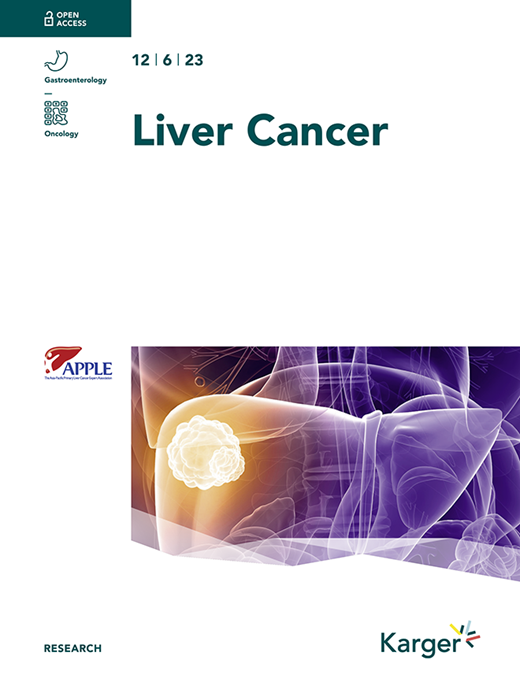Regarding "Postresection Period-Specific Hazard of Recurrence as a Framework for Surveillance Strategy in Patients with Hepatocellular Carcinoma: A Multicenter Outcome Study".
IF 11.6
1区 医学
Q1 GASTROENTEROLOGY & HEPATOLOGY
引用次数: 0
Abstract
We added a comment to the the article by Kim et al.. We first described how the hazard function and commonly used survival function act complementary, although these two functions are mathematically equivalent. Then, we pointed out two notable findings of the present article: 1) a recurrence by metastasis is presumed to occurred constantly at an annualized incidence of 4%-10% until 6 postoperative years; and 2) the annualized recurrence rates between the 5th and 10th postoperative years were between 3%-10% in cirrhotic patients and this figure was comparable to or even lower than the reported annual incidence of HCC in cirrhotic patients (up to 8%). We also pointed out three issues to be paid attention for: 1) the authors amalgamated patients with HBV- and HCV-related HCC together when calculating the hazard function, although the background liver of HCV-related HCC is hypothesized to have a higher carcinogenetic activity than that of HBV-related HCC, at least during the era before the advent of direct-acting antivirals; 2) the authors would have obtained interesting results had they evaluated the risk factors for late-phase recurrence exclusively in patients with HBV infection, including HBV-specific covariates into the analysis; and 3) many investigators may confuse a pathogenic factor with its surrogate marker when interpreting the significance of fibrosis in studies investigating risk factors leading to HCC development.


关于“肝细胞癌患者术后特定时期复发风险作为监测策略框架:一项多中心结果研究”。
本文章由计算机程序翻译,如有差异,请以英文原文为准。
求助全文
约1分钟内获得全文
求助全文
来源期刊

Liver Cancer
Medicine-Oncology
CiteScore
20.80
自引率
7.20%
发文量
53
审稿时长
16 weeks
期刊介绍:
Liver Cancer is a journal that serves the international community of researchers and clinicians by providing a platform for research results related to the causes, mechanisms, and therapy of liver cancer. It focuses on molecular carcinogenesis, prevention, surveillance, diagnosis, and treatment, including molecular targeted therapy. The journal publishes clinical and translational research in the field of liver cancer in both humans and experimental models. It publishes original and review articles and has an Impact Factor of 13.8. The journal is indexed and abstracted in various platforms including PubMed, PubMed Central, Web of Science, Science Citation Index, Science Citation Index Expanded, Google Scholar, DOAJ, Chemical Abstracts Service, Scopus, Embase, Pathway Studio, and WorldCat.
 求助内容:
求助内容: 应助结果提醒方式:
应助结果提醒方式:


